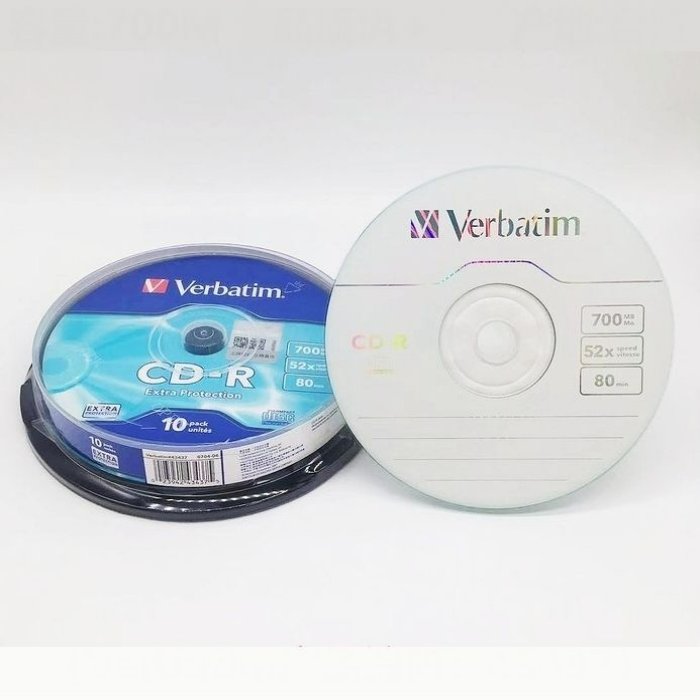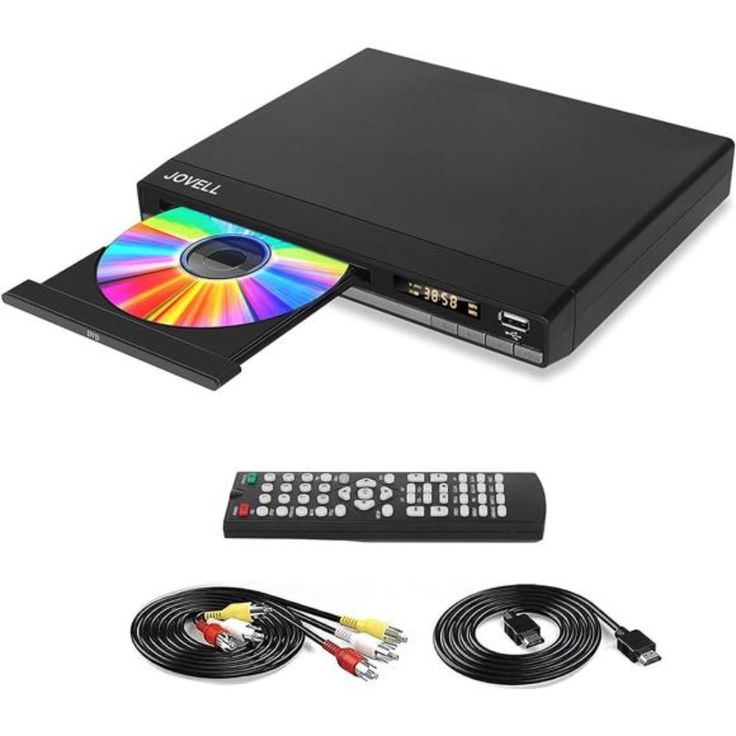In today’s digital age, where streaming services dominate, physical media still has a loyal following. However, uncertainties surrounding compatibility can lead to confusion. A common question arises: can DVD players play CDs? To answer this and illuminate the intricacies between these formats, we’ll delve into their functionalities, compatibility, and the various types of CDs and DVDs.
Understanding the Basics: What are DVDs and CDs?
Before we get into the specifics of compatibility, we need to understand the fundamentals of DVDs (Digital Versatile Discs) and CDs (Compact Discs). Developed in the early 1980s, CDs primarily serve as audio formats but soon expanded to store data and software, including games. Their design allows them to hold approximately 700 MB of data.
In contrast, the DVD format emerged in the mid-1990s, primarily intended for video storage. A single-layer DVD can hold 4.7 GB of data, while a dual-layer version can store approximately 8.5 GB. This increased storage capacity paved the way for high-quality video content, giving DVDs a significant edge over CDs.
Despite their differences, both formats share some commonalities. They are both optical media, meaning they store data in the form of small pits on their surfaces, read by lasers in compatible players. This shared technology often leads consumers to assume that DVD players can handle CDs, a topic that deserves further exploration.

Compatibility: The Heart of the Matter
The short answer to whether DVD players can play CDs is yes, most of them can. DVD players are designed to read a variety of disc formats, including audio CDs, data CDs, and DVD-Video discs. The backward compatibility of DVD players is one of their most appealing features, as it allows users to enjoy their CD libraries without needing an additional device.
However, this compatibility can vary depending on the specific model of a DVD player. Generally, standalone DVD players, especially those manufactured after the late 1990s, tend to support CD playback. On the other hand, DVD drives integrated into computers may or may not offer consistent CD support, depending on the device’s specifications. Users must consult their user manuals or product documentation to confirm compatibility.
Notably, the ability to play CDs does not extend to all DVD formats, such as DVD-Audio discs, which are specifically designed for high-fidelity audio but do not play in standard CD players. Understanding these nuances is essential for optimal use of your device and for preserving your audio experience.
Exploring Different Types of CDs and Their Functions
To further comprehend how DVD players handle audio playback, it’s crucial to identify the types of CDs available. The primary types include audio CDs, data CDs, CD-Rs (recordable), and CD-RWs (rewritable). Each type has specific purposes and limitations, impacting how they function in DVD players.
Audio CDs adhere strictly to the Red Book standard, which outlines audio disc specifications. When played on a DVD player, these discs function as expected, delivering high-quality sound. Data CDs, including music files, follow the Yellow Book standard. Although compatible with DVD players, the results may vary based on the audio file format.
CD-Rs and CD-RWs introduce a unique aspect to compatibility. While CD-Rs can generally be played in DVD players without issues, CD-RWs are less predictable. Some older models may not recognize these discs, leading to playback failures. To ensure compatibility, experiment with different formats or consult the manufacturer’s specifications.
When it comes to music playback, it is vital to note that audio quality can differ based on the type of CD used. Therefore, choosing the appropriate format for your content is essential. Despite mixed compatibility outcomes, many users enjoy the versatility of DVDs, utilizing them for both movies and music.

The Technical Side: How DVD Players Read CDs
To grasp the compatibility concept thoroughly, let’s delve into the technical aspects of how DVD players read CDs. DVD players utilize laser technology to identify pits and lands on disc surfaces. The laser beam reads the information stored in these micro-indentations, converting it into audio or visual output.
DVD players utilize a 650 nm wavelength laser for reading CDs and a shorter 650 nm signal for DVDs. This difference in wavelength points to the reason why DVDs can store more information. The more closely packed data layers on a DVD allow it to read extended information compared to CDs.
When you insert a CD into a DVD player, the device identifies it through the laser’s interaction with the physical properties of the disc. The player automatically switches between reading formats, adjusting as needed for smooth playback. This transition occurs relatively seamlessly, allowing users to enjoy their music almost instantly.
Some advanced DVD players are engineered with extra features, including enhanced sound processing. These aspects elevate the listening experience, adding richness to the music played from CDs. With proper understanding and usage, DVD players can serve as efficient, multi-functional audio devices.
Challenges and Considerations: Limitations in Playback
While many DVD players handle CDs well, some challenges persist. Compatibility issues and varying performance between different devices can lead to frustrations. For example, older DVD models may struggle with certain CD formats, particularly CD-RWs. Users may experience skipped tracks, slow loading times, or even failure to recognize the disc altogether.
Moreover, the quality of the CD can also impact playback performance. Poorly manufactured or damaged discs may encounter problems even in compatible devices. To ensure optimal playback, store your discs properly, avoiding scratches or exposure to extreme temperatures. Also, keep a close eye on dirt or fingerprints—these can impair a DVD player’s ability to read a CD effectively.
It’s vital to recognize that not all DVDs offer the same performance level across different brands and models. Some high-end DVD players provide superior audio features compared to their budget counterparts. Investing in a quality player often improves compatibility and playback consistency for various formats, including CDs.

Exploring Alternative Devices: When to Choose a CD Player
While DVD players generally have impressive compatibility with CDs, some situations may still warrant the purchase of a dedicated CD player. For audiophiles demanding high-quality sound, CD players often offer superior audio fidelity. They may include features specifically designed to enhance sound reproduction, achieving a more dynamic listening experience.
Dedicated CD players provide more precise control over the playback process. Many come equipped with advanced DACs (Digital-to-Analog Converters) that ensure cleaner sound. If high fidelity and a premium listening experience are priorities, investing in a dedicated CD player makes sense.
Additionally, numerous portable and compact CD players offer convenience and ease of use, ideal for those with diverse listening preferences. Whether you’re on a long car ride or relaxing at home, these devices deliver high-quality CD playback without encumbrance.
Ultimately, the decision between using a DVD player or a dedicated CD player boils down to personal preference. For casual listeners with a broader media collection, a DVD player can justify its cost through versatility. However, audiophiles or serious music enthusiasts may find a dedicated player captures the essence of sound that a DVD player cannot replicate.
Conclusion: The Verdict on DVD Players and CDs
In summary, the compatibility of DVD players with CDs is generally favorable, providing a functional solution for music enjoyment. A majority of modern DVD players can handle multiple CD formats, enabling versatile playback options. However, variations in performance arise based on the device’s model and the type of disc used.
Understanding the inherent differences between formats empowers users to leverage their devices effectively while maximizing their audio experiences. Factors like CD quality, storage, format types, and playback capabilities are instrumental in achieving the best results, which often differ depending on individual needs.
If you’re navigating the crossroads of DVDs and CDs, assessing your audio preferences will help determine the best course of action. DVD players remain a viable option for many users, but those seeking a refined, high-fidelity experience may want to consider dedicated CD players.
Ultimately, whether you decide to embrace your favorite music through a DVD player or invest in a specialized CD player, the choice will reflect your preferences and enthusiasm for audio enjoyment. As technology continues to evolve, staying informed can enhance your overall experience in navigating the world of physical media.

